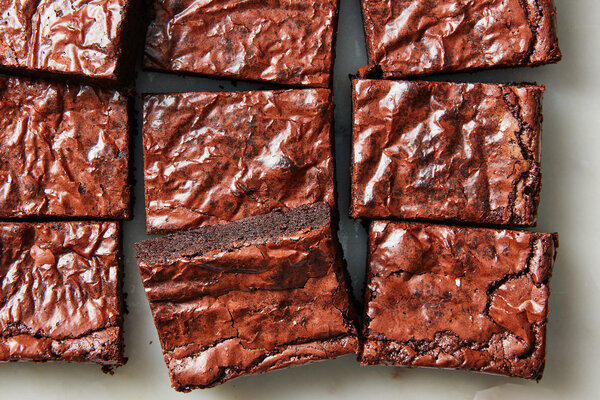These expert tips will help you keep those blocks for longer, and use up any odds and ends that linger.
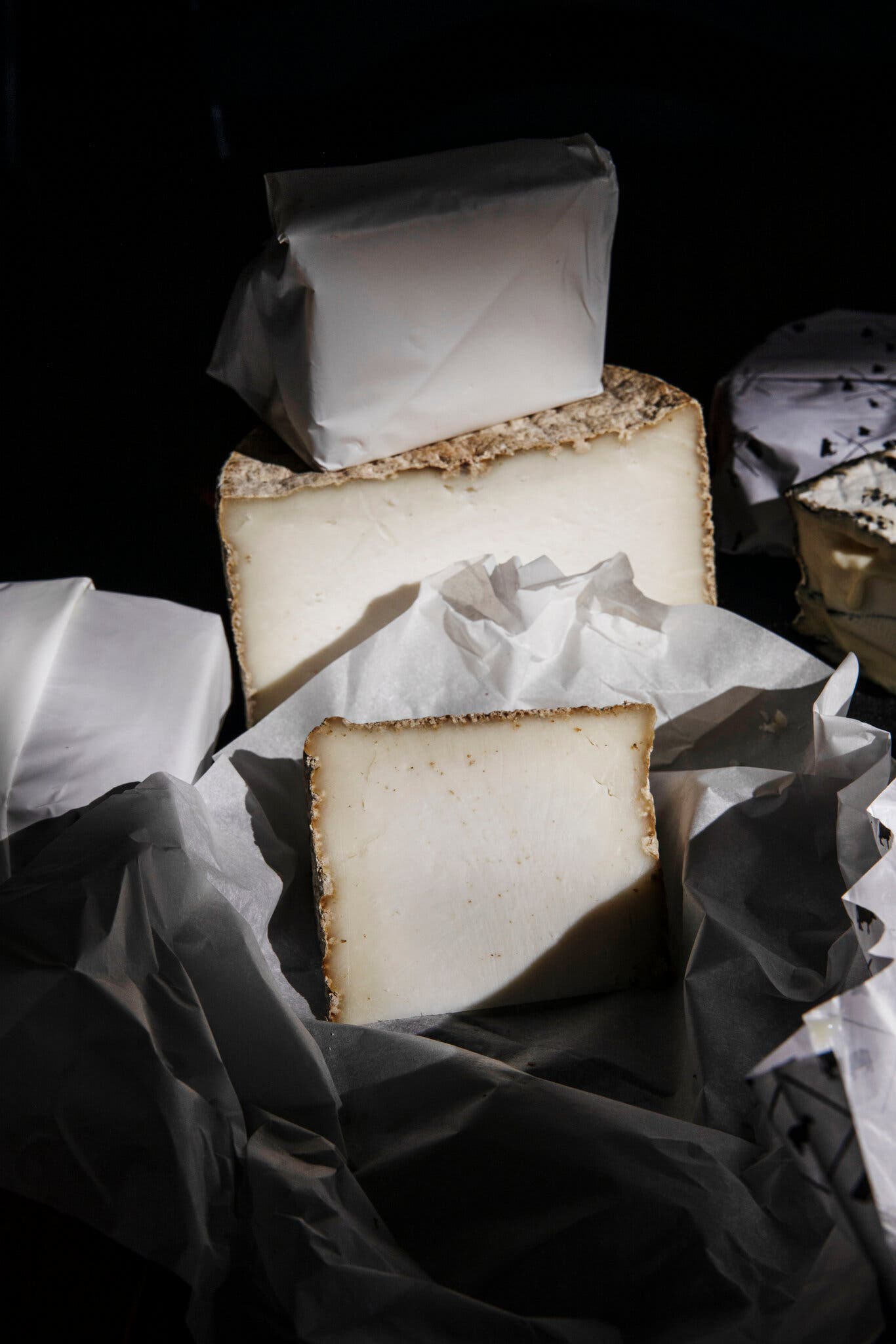
Lauren Lancaster for The New York Times
Cheese is, by nature, a means of preservation, shrinking gallons of milk to around a 10th of their volume and sending the highly perishable liquid on its “leap toward immortality,” as the essayist Clifton Fadiman once wrote.
Or, as the champion of American cheesemaking Anne Saxelby noted in “The New Rules of Cheese,” published a year before her death in 2021, “There’s a reason the Romans used to carry rations of Pecorino Romano with them on their long conquests.”
Of course, the hunks you unwrap from the fridge to find dotted with blue-green mold, or slick and reeking of ammonia don’t feel like bundles of self-preservation. Such cheese is strikingly mortal. Can we still eat it?
The good news is: Sometimes you can (but better still is not to get to that point). Below you’ll find how to keep all manner of cheeses at their best for as long as possible, how to know when to say goodbye and how to make the most of those random nubs in the drawer.
How should I store cheese at home?
“Cheese is alive,” said Kyra James, a food educator and certified cheese professional. “And needs oxygen and humidity to stay alive.”
Experts across the field agree that cheese paper — that is, opaque paper covered with a thin layer of wax or plastic in varying compositions — is ideal for wrapping everything except fresh cheeses like ricotta, feta and mozzarella (which should stay in their original packaging with their brine). And yes, for cheeses cut in pieces that you buy wrapped in plastic, it’s a good idea to re-wrap if you’d like them to last longer.
“You can keep cut wedges of cheese in these papers for literally weeks at a time with very little change to the quality and flavor,” Ms. Saxelby wrote. For sustainability and economy, there are now reusable and compostable cheese papers, and you can even reuse the wrapping from the cheese counter after a rinse and dry.
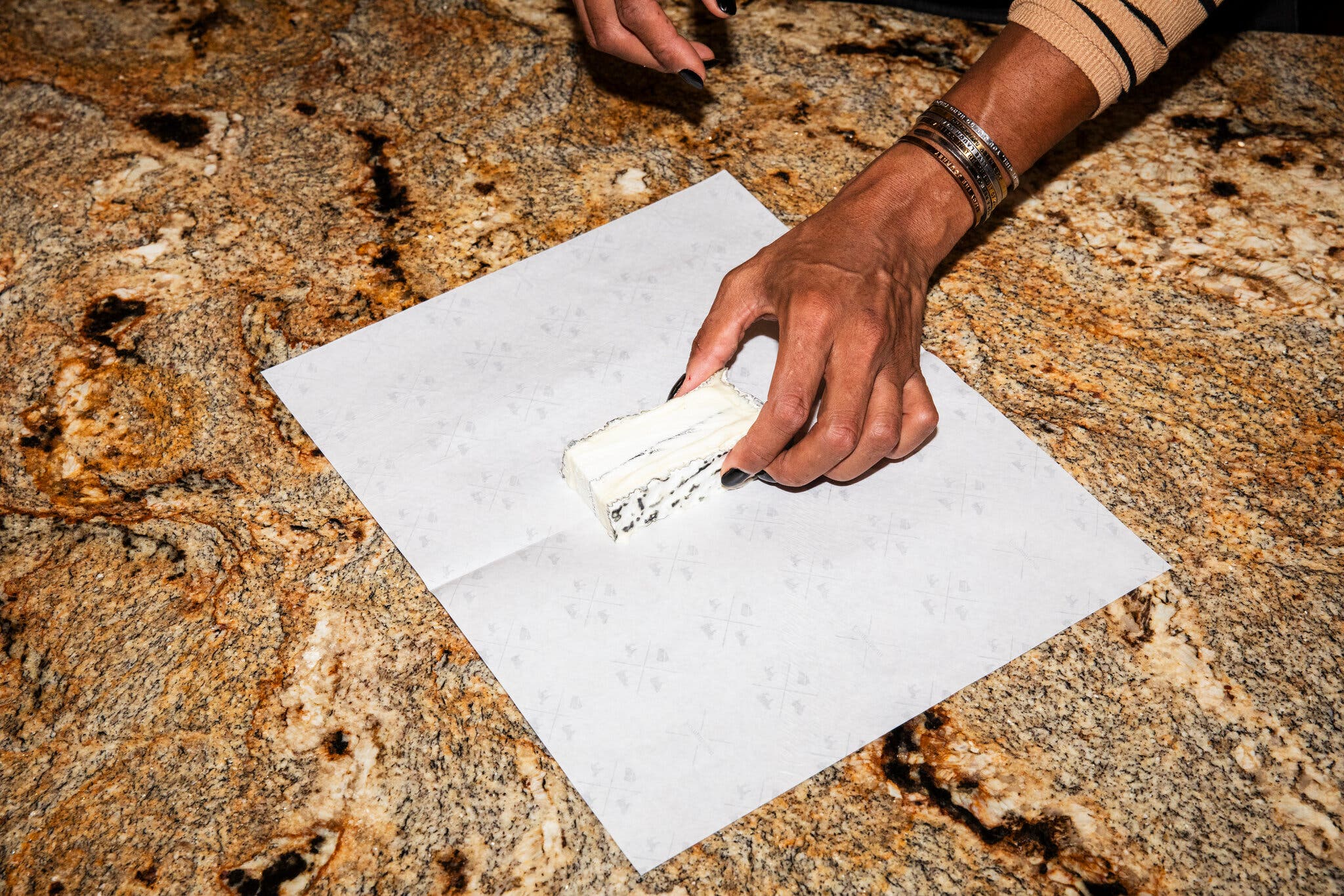
Lauren Lancaster for The New York Times
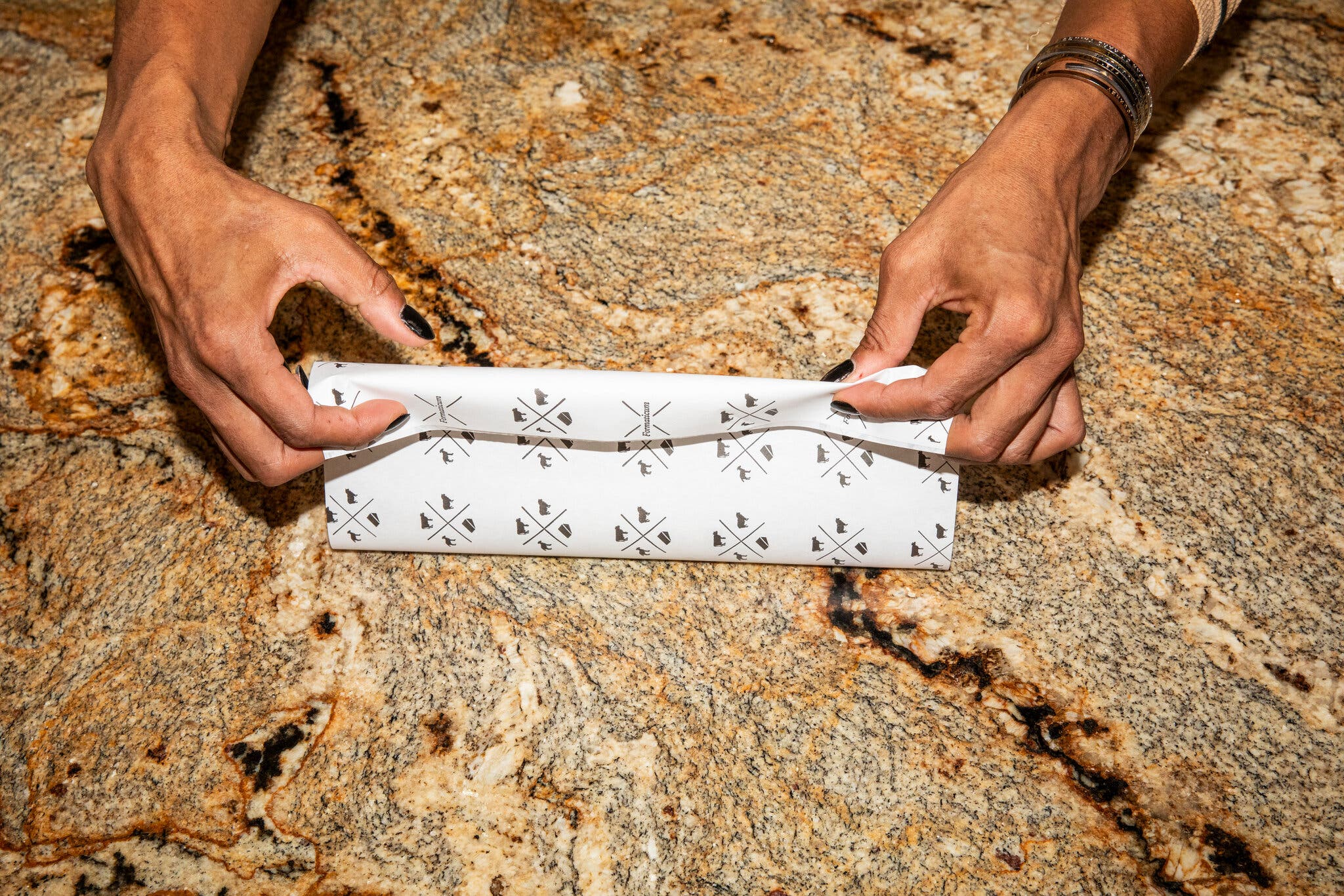
Lauren Lancaster for The New York Times
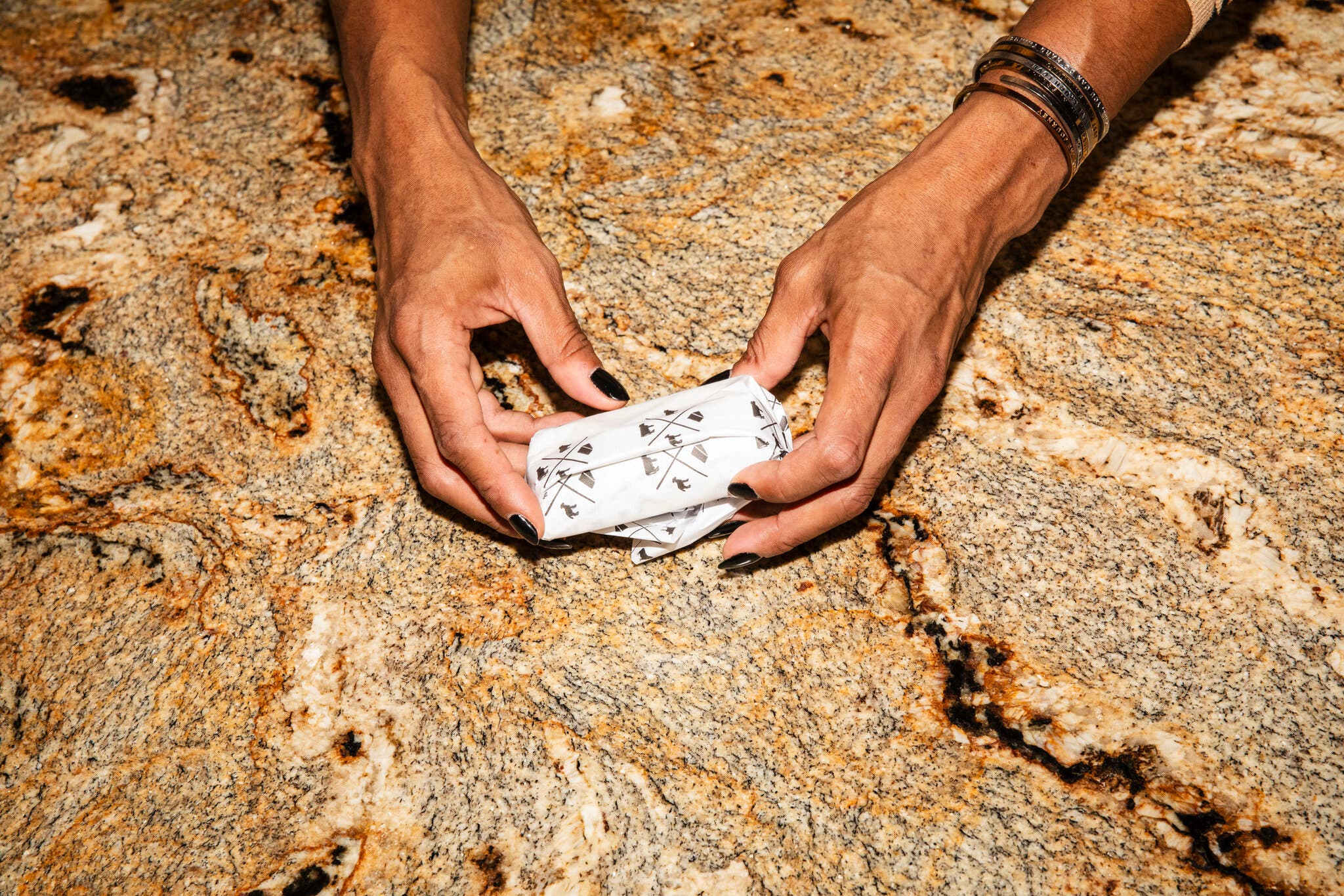
Lauren Lancaster for The New York Times
If you don’t want to buy cheese paper, wrap the cheese in parchment or wax paper, then tuck it into a loosely sealed container or plastic bag. Reusable beeswax wraps are also effective, said David Asher natural cheese educator and author of “Milk Into Cheese.”
For short periods, Mr. Asher added, sealed glass or plastic containers are fine, “so long as the cheese is kept humid and cool.” Bear in mind that, especially for softer cheeses like blues and Bries, you may want to occasionally open the container to avoid condensation and the development of off-flavors, said Carmen Licon, director of the Dairy Products Technology Center at California Polytechnic State University in San Luis Obispo.
Where is the best place to store cheese?
The cheese and produce drawers of your fridge are best at keeping cheese humid and cool. But, to avoid your mild Jack tasting like a burly Stilton, don’t toss them into the same container. And besides, “if you keep all your cheese near one another, spots of mold will happen faster,” Ms. James said.
To serve, experts recommend taking your cheeses out of the fridge anywhere from 30 minutes to a couple of hours ahead. The flavors will be less muted, and the textures softer. “Warm conditions can even encourage a cheese to ripen and get gooier faster,” Mr. Asher said. “In France, many put their wheels of Camembert on top of their refrigerators where it’s warmer, instead of inside of them.”
However, Dr. Licon cautions that storing cut pieces inside the refrigerator is safer, as they’re more vulnerable to potential contamination with other microorganisms than whole wheels. For grating or cooking, there’s no benefit to spending time at room temperature.
Can you freeze cheese?
You can, but you might not like the results. The flavor will dim and “once thawed, cheese that has been frozen can exhibit a subtly grainy, sandy and generally unpleasant texture that is linked to the freezing process,” Ms. Saxelby wrote. There are a few exceptions: Some soft, unripened cheeses like chevre and mozzarella can be successfully frozen for a few months, Mr. Asher said. Grated cheeses and harder varieties with less moisture like Cheddar and low-moisture mozzarella (think frozen pizza or mozzarella sticks) will also withstand the freezer better than others, Dr. Licon said.
Can’t I just cut around that spot of mold?
The short answer: It depends. For firm melters like Monterey Jack and aged types like Parmesan, the United States Department of Agriculture’s rule of thumb is to trim a 1-inch margin around the mold (and not drag the knife through the mold deeper into the cheese). It’s worth noting that “cutting this new mold off will not return the rest of the cheese to when it was purchased, so the flavor and texture may be impacted,” Ms. James said.
Soft cheeses like Brie and fresh ones like queso fresco or ricotta, once moldy, should be tossed in the compost, Dr. Licon said. The mold itself might not be the danger but a potential harbinger: “Soft cheese has higher moisture content and a lot of nutrients that bacteria, mold and yeast love,” she added, which makes them more susceptible to pathogenic bacteria like Listeria that thrive in the same conditions.
What are good ways to use up leftover bits of cheese?
Ms. James uses them to inspire other meals: fresh cheeses on a salad or to finish a pizza, semifirm like Cheddar or Gouda melted together for a quick fondue and hard varieties shaved over pasta or soup.
Mr. Asher jumbles bits into grilled cheese sandwiches or grates them into mashed potatoes for extra savoriness and nutrition.
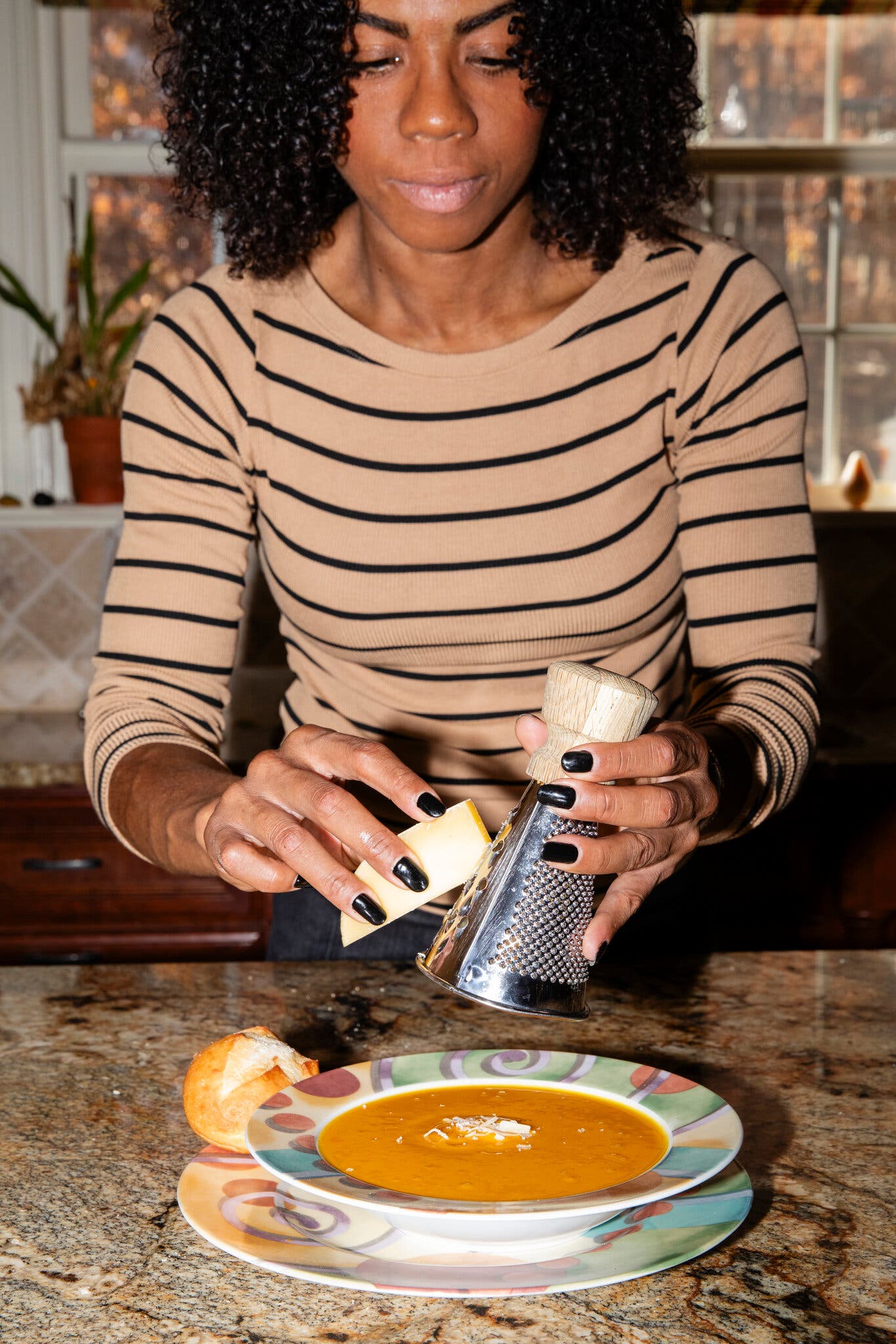
Lauren Lancaster for The New York Times
Dr. Licon stirs grated Gouda, pepper Jack or other melting cheeses into cooked vegetables and broils until golden, sometimes adding cream cheese, sour cream or bacon. She also melts cheese into roasted Anaheim chiles, tomatoes and onions for Chihuahua-style chile con queso (which is different from the Tex-Mex dish of the same name, though that could work, too).
And in “The New Rules of Cheese,” Ms. Saxelby included what she called “Fridge Nubs Mac & Cheese,” melting any and all cheeses into the roux-based sauce, trimming away only the rinds of firmer aged cheeses. “I’ve been known to toss soft, bloomy rind cheese, stinky cheese, dried-out Cheddars and blue into the same baking dish,” she wrote. “When baked and sprinkled with buttered breadcrumbs, you really can’t go wrong.”




